V. Sugumaran
Fault Diagnosis of Helical Gear Box using Large Margin K-Nearest Neighbors Classifier using Sound Signals
Aug 19, 2015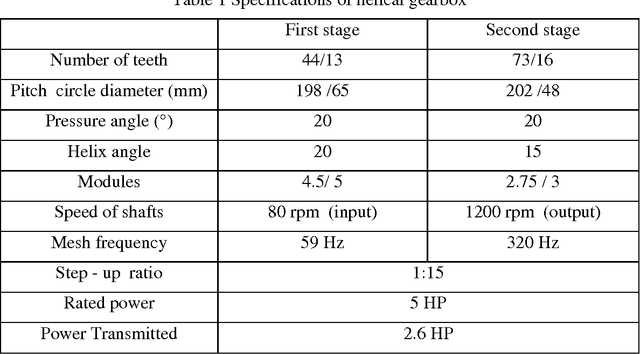
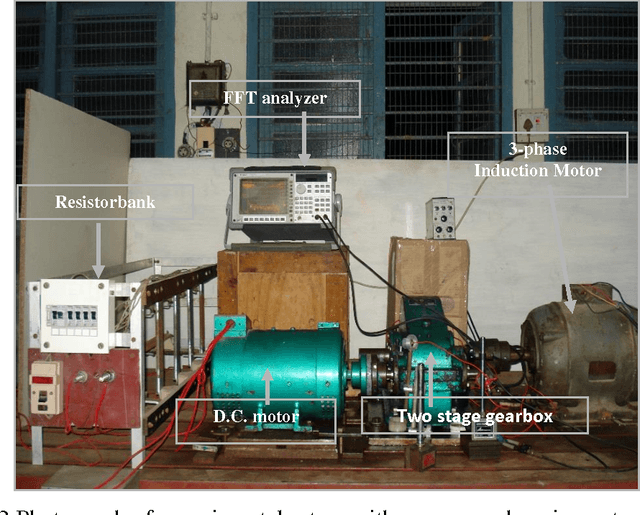
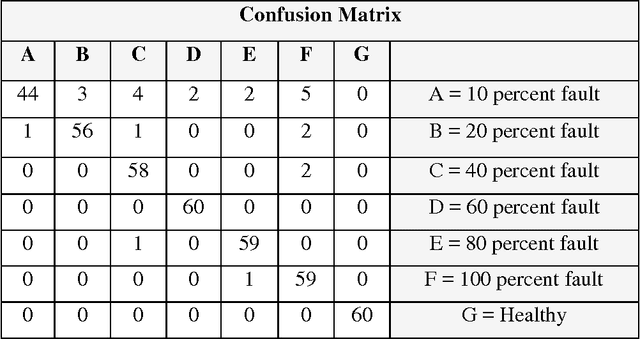
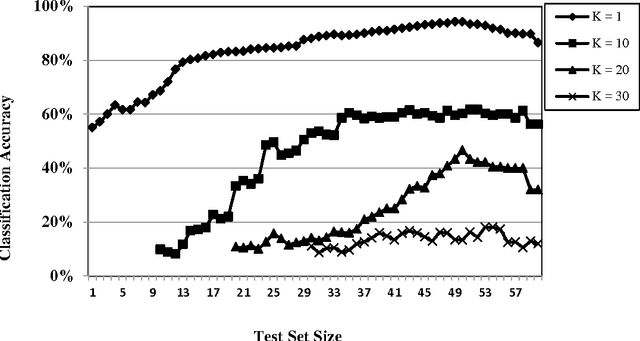
Abstract:Gear drives are one of the most widely used transmission system in many machinery. Sound signals of a rotating machine contain the dynamic information about its health conditions. Not much information available in the literature reporting suitability of sound signals for fault diagnosis applications. Maximum numbers of literature are based on FFT (Fast Fourier Transform) analysis and have its own limitations with non-stationary signals like the ones from gears. In this paper, attempt has been made in using sound signals acquired from gears in good and simulated faulty conditions for the purpose of fault diagnosis through a machine learning approach. The descriptive statistical features were extracted from the acquired sound signals and the predominant features were selected using J48 decision tree technique. The selected features were then used for classification using Large Margin K-nearest neighbor approach. The paper also discusses the effect of various parameters on classification accuracy.
* Accepted for publication
Bayesian Sample Size Determination of Vibration Signals in Machine Learning Approach to Fault Diagnosis of Roller Bearings
Feb 25, 2014
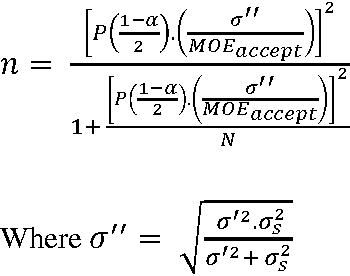
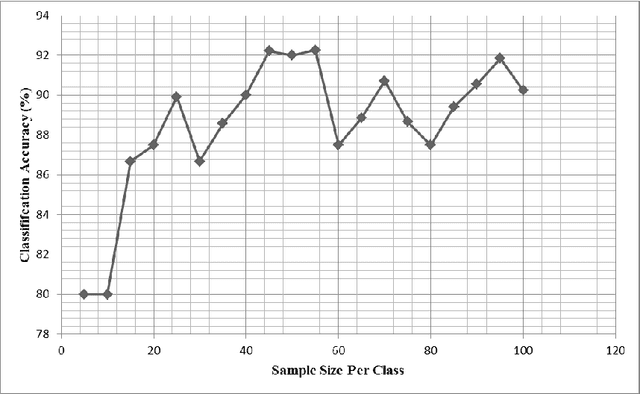

Abstract:Sample size determination for a data set is an important statistical process for analyzing the data to an optimum level of accuracy and using minimum computational work. The applications of this process are credible in every domain which deals with large data sets and high computational work. This study uses Bayesian analysis for determination of minimum sample size of vibration signals to be considered for fault diagnosis of a bearing using pre-defined parameters such as the inverse standard probability and the acceptable margin of error. Thus an analytical formula for sample size determination is introduced. The fault diagnosis of the bearing is done using a machine learning approach using an entropy-based J48 algorithm. The following method will help researchers involved in fault diagnosis to determine minimum sample size of data for analysis for a good statistical stability and precision.
* 14 pages, 1 table, 6 figures
 Add to Chrome
Add to Chrome Add to Firefox
Add to Firefox Add to Edge
Add to Edge